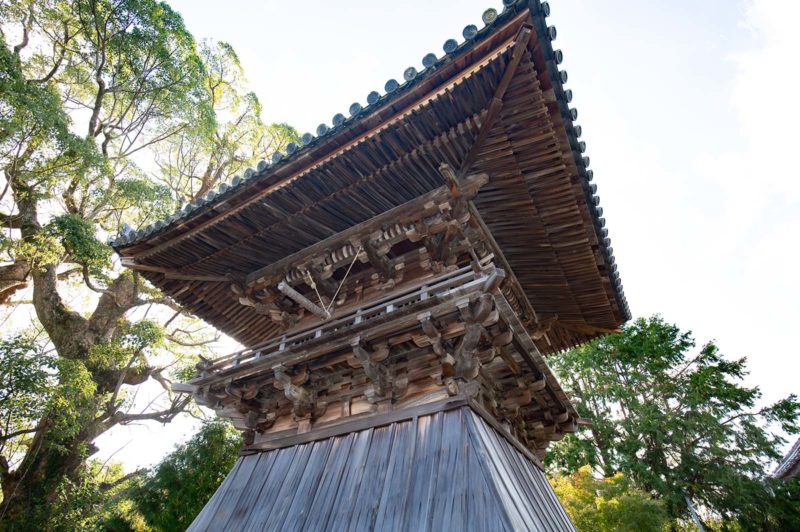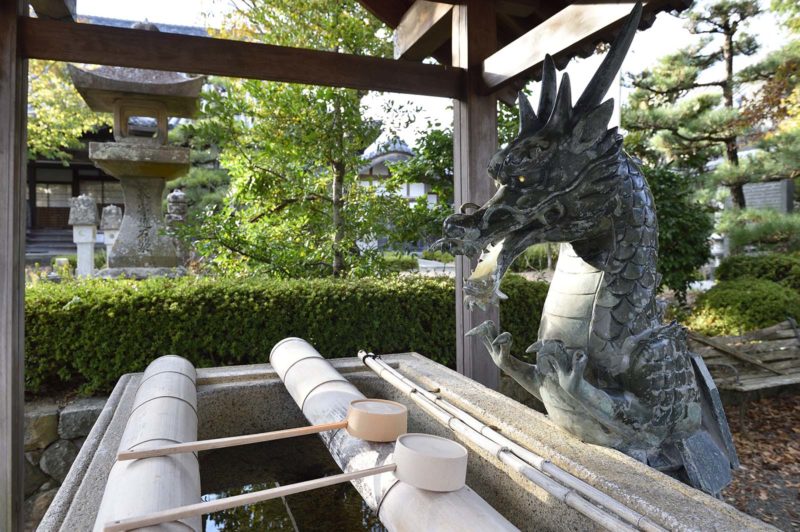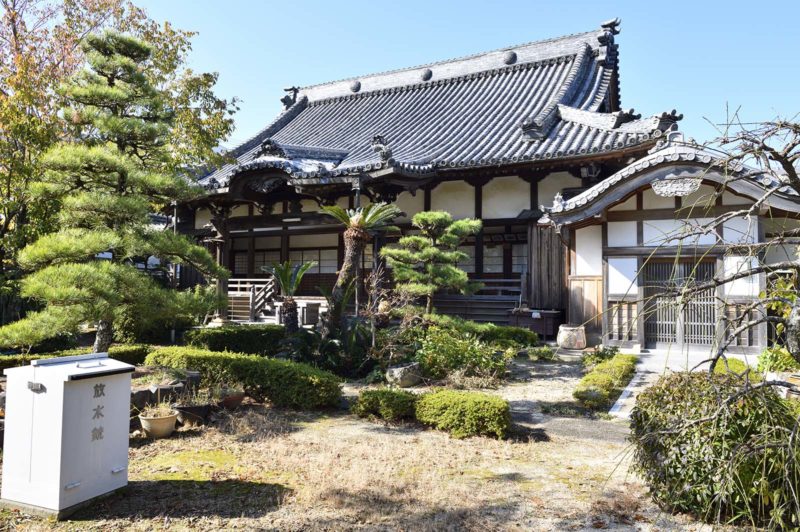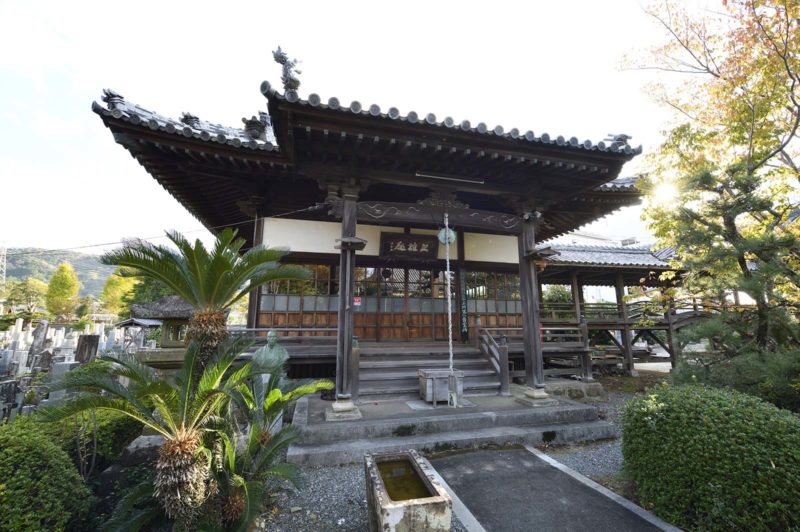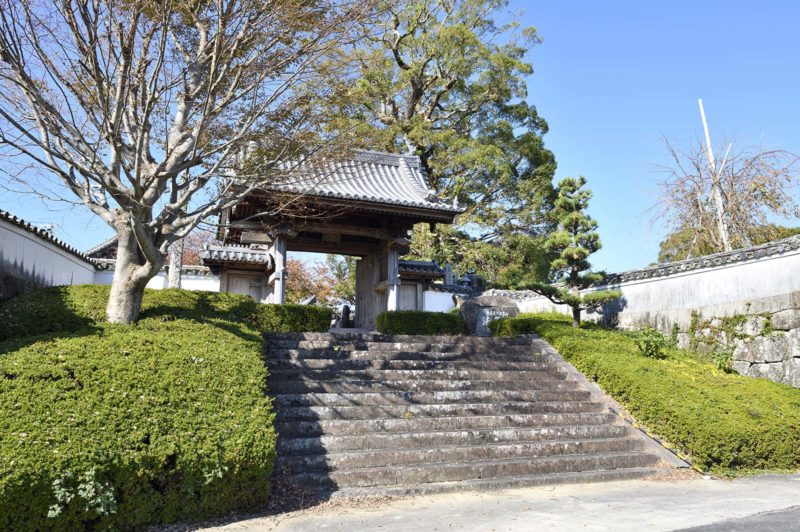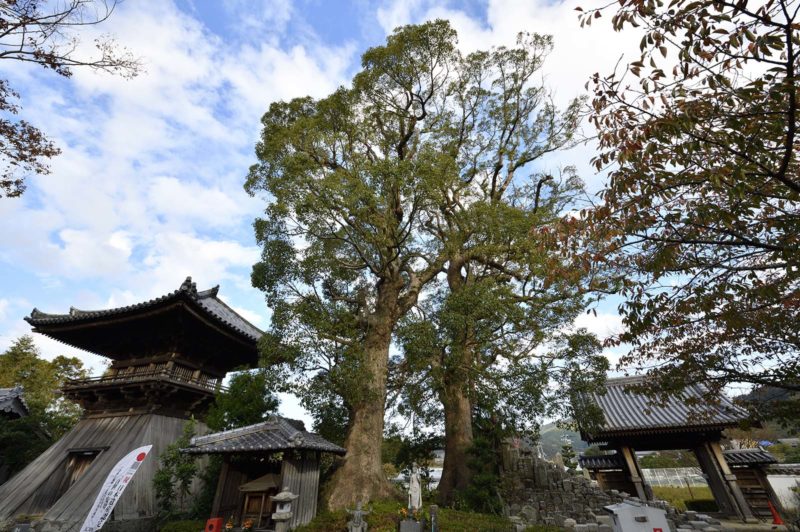Hozo-ji Temple was built by Myoshu-shonin in 1436. In the Muromachi era, it prospered as Kishu Minami Honzan of Jodo Shu Seizan-ha, and once had 25 temples. When the tsunami occurred in 1854, the temple became a shelter for the villagers and a storehouse of rice that was offered to the affected people remains. The building of the bell tower designated as an important cultural property in the country and is valuable because of the hipped roof structure, which is not common hip-and gable structure in the Muromachi era, Chinese Tang Dynasty style. Originally located in Shoraku-ji Temple of Yuasa, and was transferred to Hiro Hachiman-jinja Shrine in 1695. When the tsunami occurred in 1854, it is said that the bell was struck and informed the villagers of the crisis. It was relocated to Hozo-ji Temple following the separation of Buddhism and Shintoism in the Meiji era.
■Hamaguchi Goryo’s feat related to this place
-
Inamura-no-Hi
In 1854, the late Edo period, the next day after the Tokai Earthquake occurred, the tsunami caused by the Nankai Earthquake hit Hiromura village (current Hirogawa Town). In this situation, Hamaguchi Goryo set fire to the rice sheaves, and made it a landmark to go up to the hill because he believed that some people do not know the way of escape in the darkness.
- Address
- 1181 Kaminakano, Hirogawa Town Arida-gun, Wakayama Prefecture Googlemap
- TEL
- 0737-62-2686

